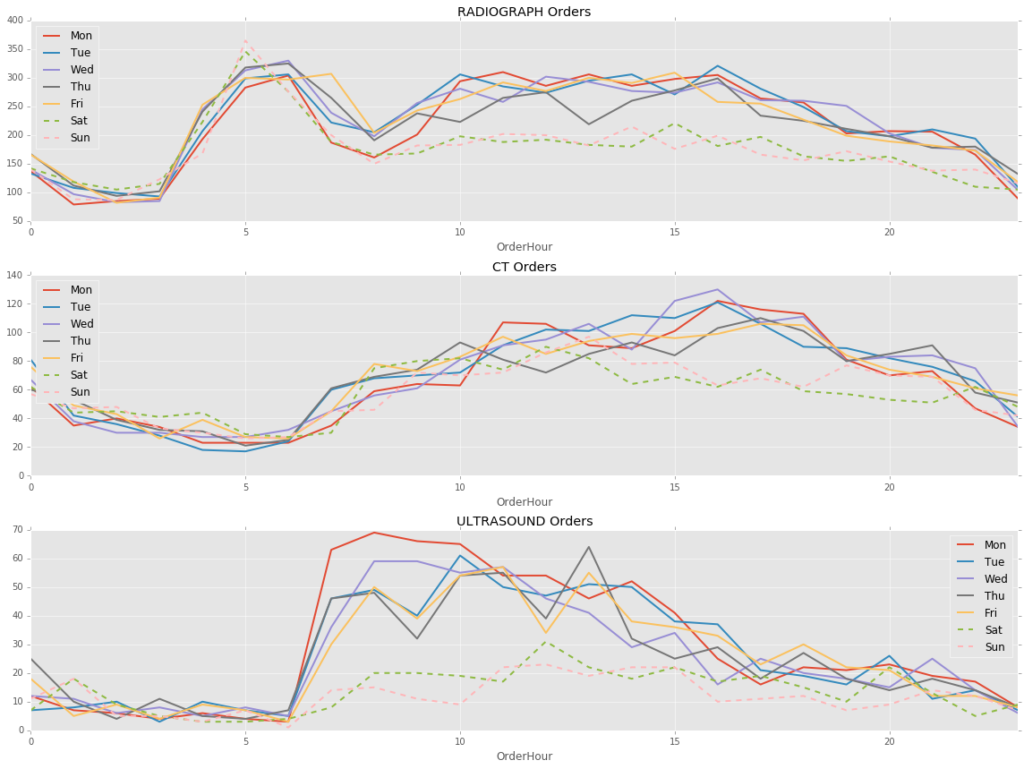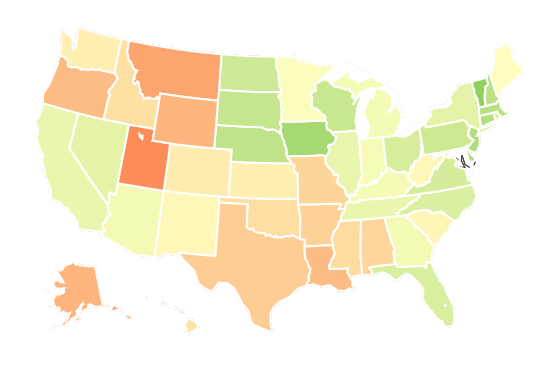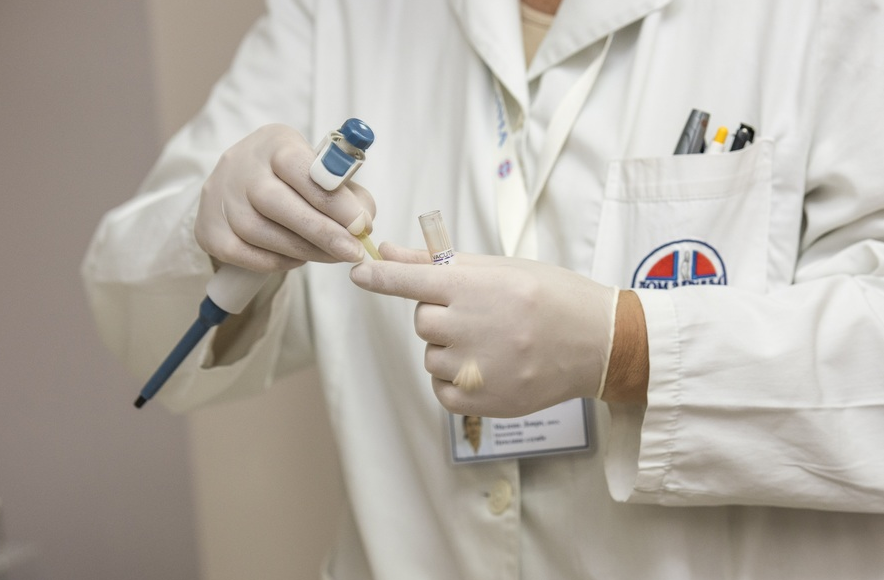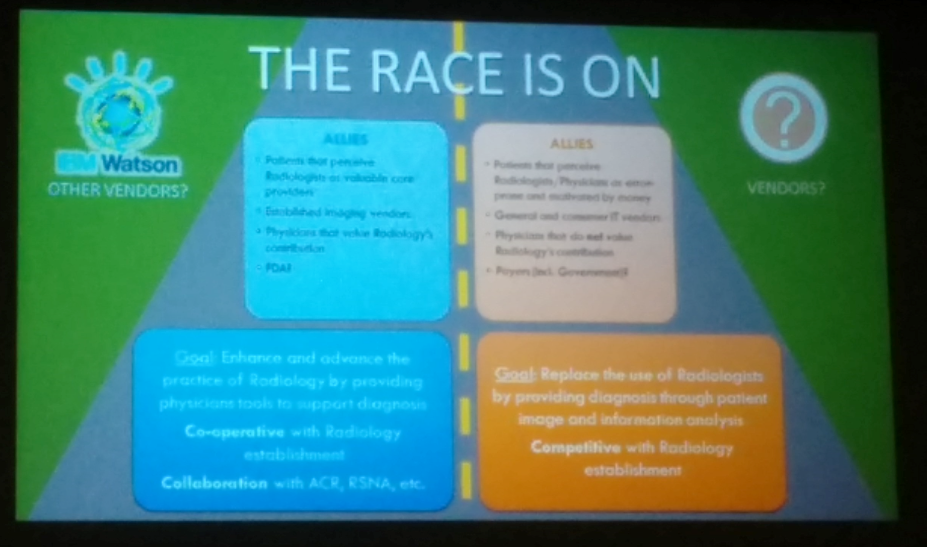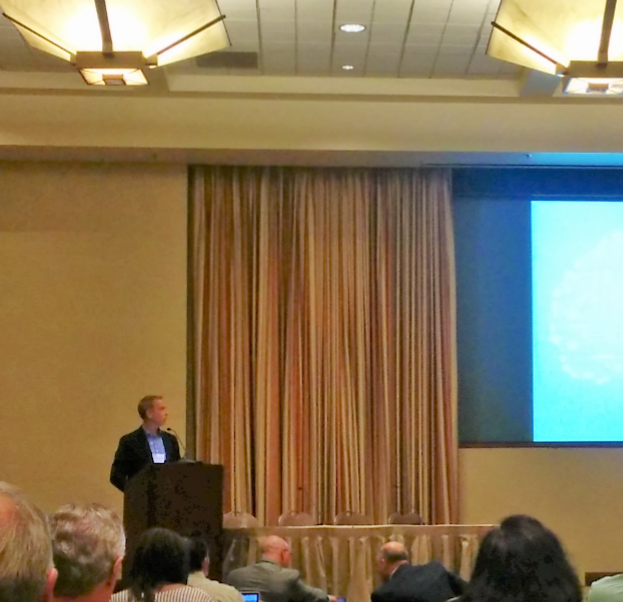At the turn of the century, Joel Spolsky came up with the idea of a “Joel Test” – a highly irresponsible, sloppy test to rate the quality of a software team.
Then, this group thought to come up with their own criteria to rate the quality of a data science team. How do your analysts in the radiology department fare?
The “Joel Test” for Data Science
- Can new hires get set up in the environment to run analyses on their first day?
- Can data scientists utilize the latest tools/packages without help from IT?
- Can data scientists use on-demand and scalable compute resources without help from IT/dev ops?
- Can data scientists find and reproduce past experiments and results, using the original code, data, parameters, and software versions?
- Does collaboration happen through a system other than email?
- Can predictive models be deployed to production without custom engineering or infrastructure work?
- Is there a single place to search for past research and reusable data sets, code, etc?
- Do your data scientists use the best tools money can buy?

